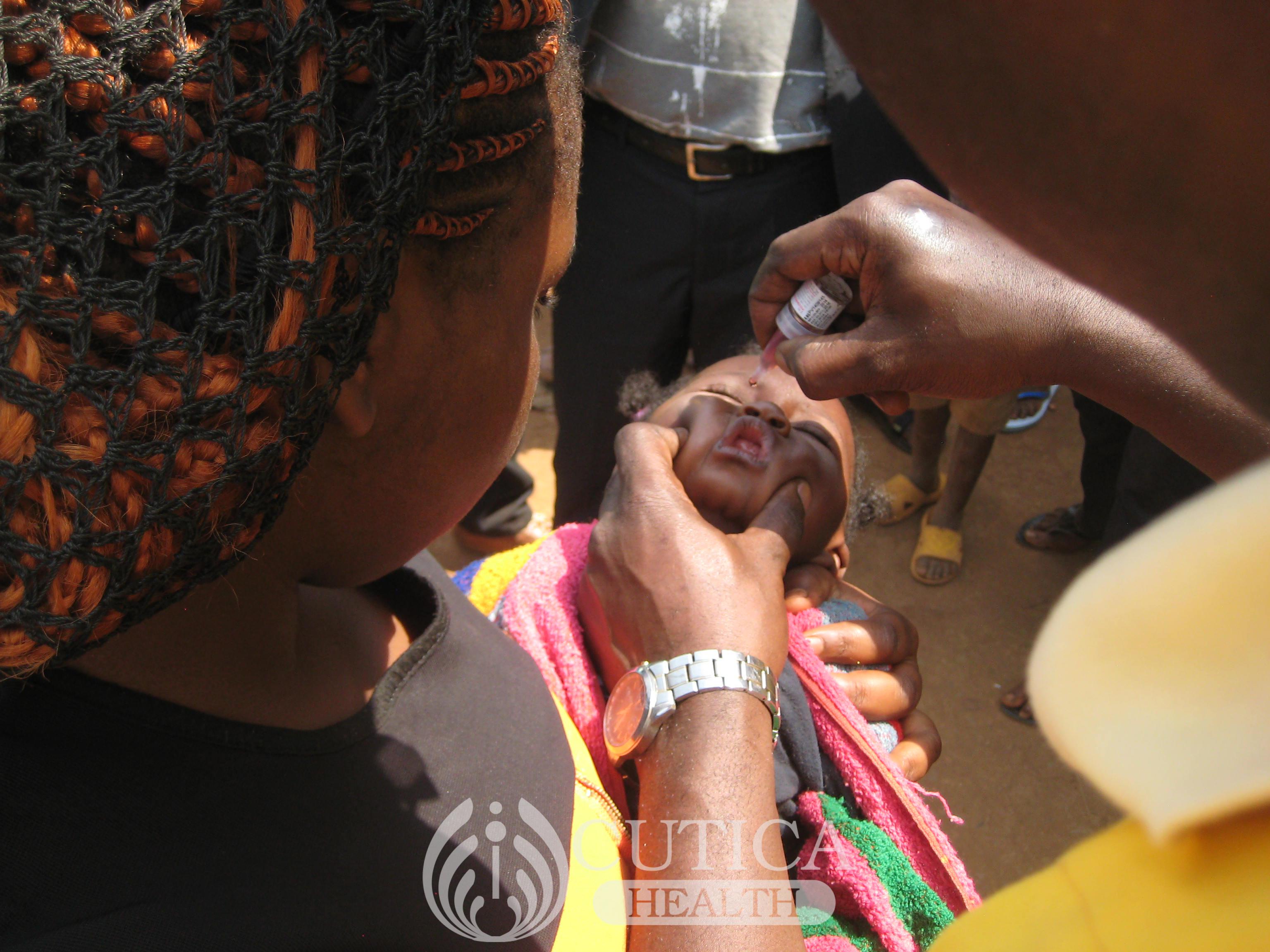
A new study has shown that insecticide-treated nets, which are the mainstay for preventing malaria and lowering its burden, ,may now be less effective. When these nets, which are laden with long-lasting insecticides, were first introduced were said to have saved more than 6.8 million people from malaria between 2000 and 2015. Fast forward 2019, the kill rate of these insecticides in some countries have dropped to as low as 40 percent from 100 percent.
Long-lasting insecticide nets (LLINs) help the decrease the population of mosquitoes by killing those that come in contact with them. So, even if you don’t use an insecticide net yourself, a member of the community that uses may protect you to an extent.
In Papua New Guinea, the introduction of LLINs led to a significant drop in malaria cases – to as low as 1% in 2013-2014; less than three years down the line, the infection rate rose sharply to 7.1%. When a group of international researchers investigated the problem, they found that the percentage of mosquitoes killed by the nets had dropped from nearly 100 percent in 2012 to 40 percent in 2019.
The shocking findings call into question the standards and regulations guiding the production of LLINs across the world. The researchers suggest that manufacturers of insecticide nets review the processes and quality metrics under which the nets are produced to ensure optimal performance of the nets and to consolidate the progress made in the fight against malaria.
Read more here – https://www.jcu.edu.au/news/releases/2020/july/the-mystery-of-the-less-deadly-mosquito-nets












